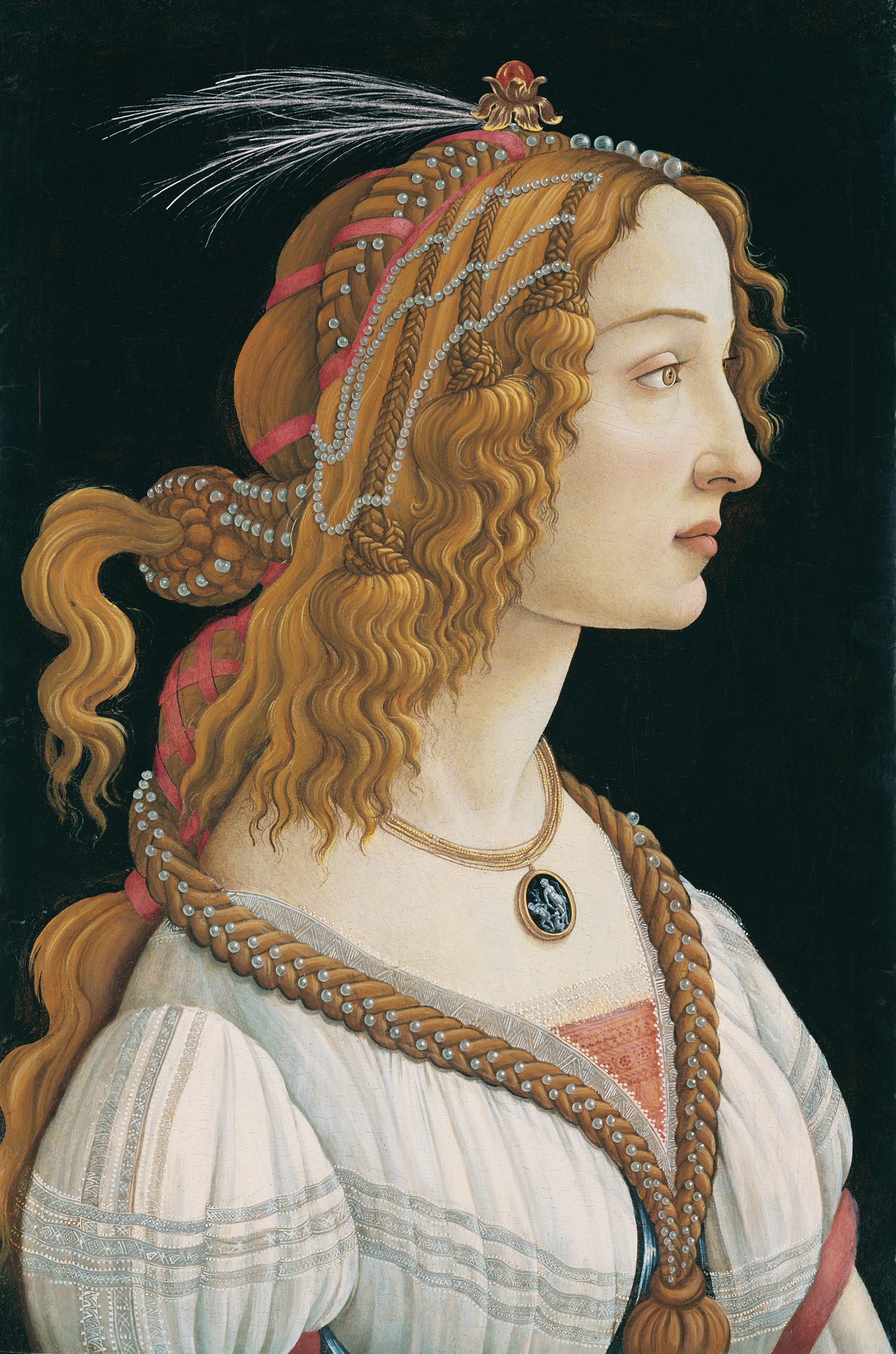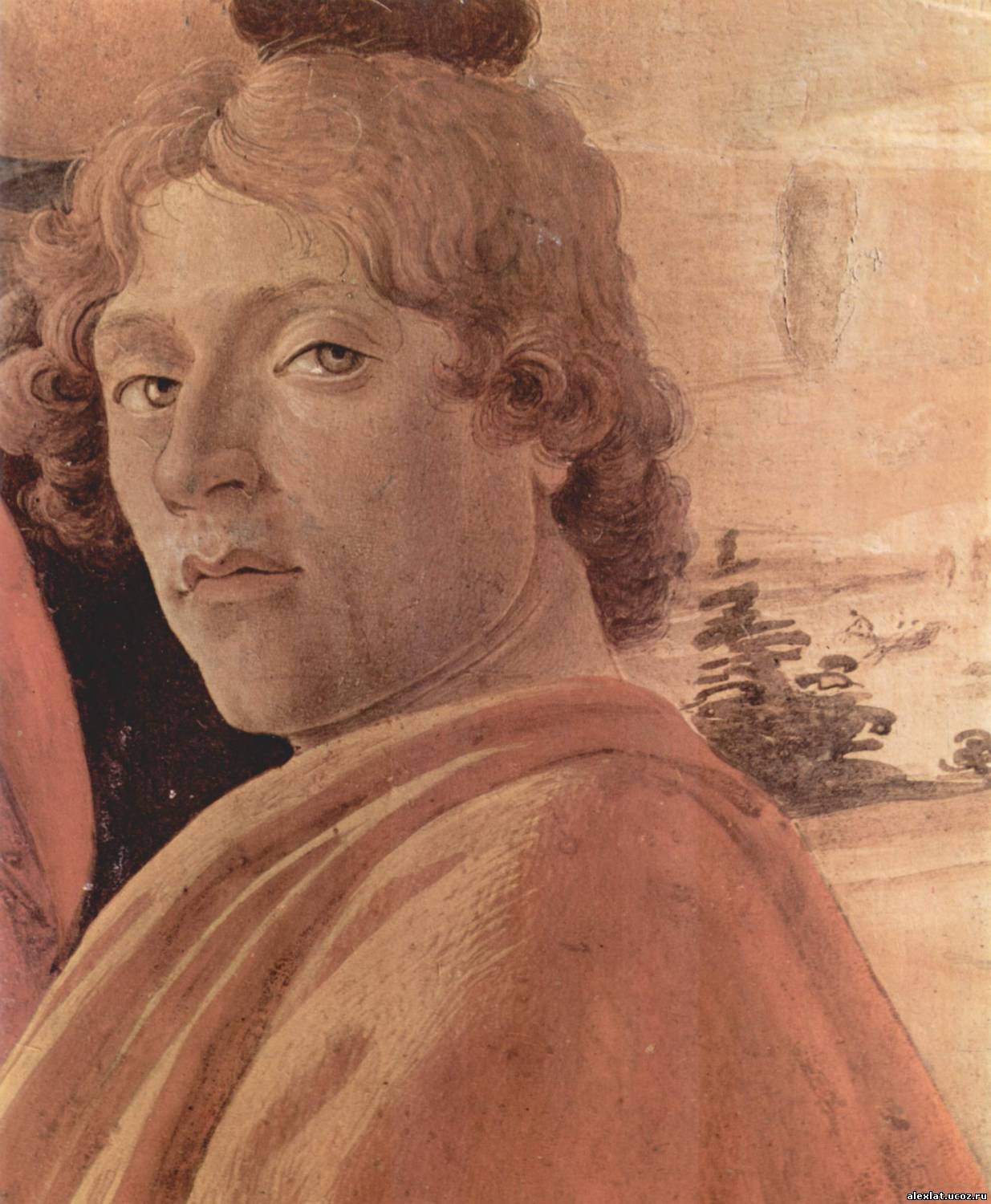For the next five Sundays we will present masterpieces from the fantastic collection of Städel Museum, where you will find Monet, van Eyck, and today's absolute HIT—the girl you may recognize from Primavera. Enjoy!
“I also consider myself safe in predicting that every art admirer with an orientation towards the ideal will immerse himself in this painting with true pleasure, just as many a delegate has already contemplated it with true delight.” Johann David Passavant, director of the Städelsches Kunstinstitut, 1840–61, on 27 January 1849, on the occasion of the painting’s purchase.
This is an idealized portrait of Simonetta Vespucci, a young noblewoman who was married at the age of sixteen, in the role of a nymph. She was considered the most beautiful woman in Florence and became the (supposedly platonic) ladylove of Giuliano de’ Medici. Apart from Botticelli, she also served other painters as an inspiration. She died young and childless at twenty-three. Her coiffure with beads, ribbons, feathers, and artificial hair pieces would have been too elaborate and high-flown even by Florentine standards. Her outfit is much more likely to have been a nymph costume in the antique or classical-mythological style. The background likewise contributes to Simonetta’s idealisation: it is as black as that of the little stone carving she wears around her neck, and it lends the painting the plasticity of a relief. What we encounter here above all is thus the contemporary feminine ideal, consummate in beauty, virtue, and conceptual proximity to antiquity. Yet such subtleties as the eyelashes and slight turn of the upper body towards the viewer are also worthy of closer inspection. The ideal portrait is alive. It breathes. These are the qualities that explain its rank as one of the highlights of Renaissance painting.


 Sandro Botticelli
Sandro Botticelli